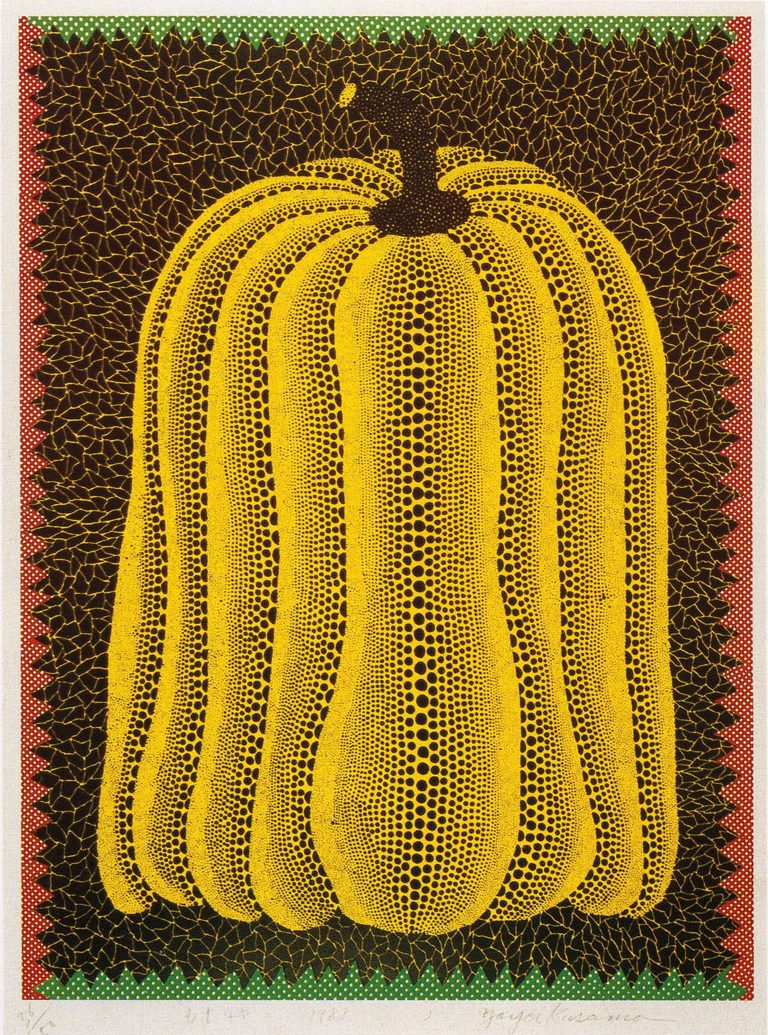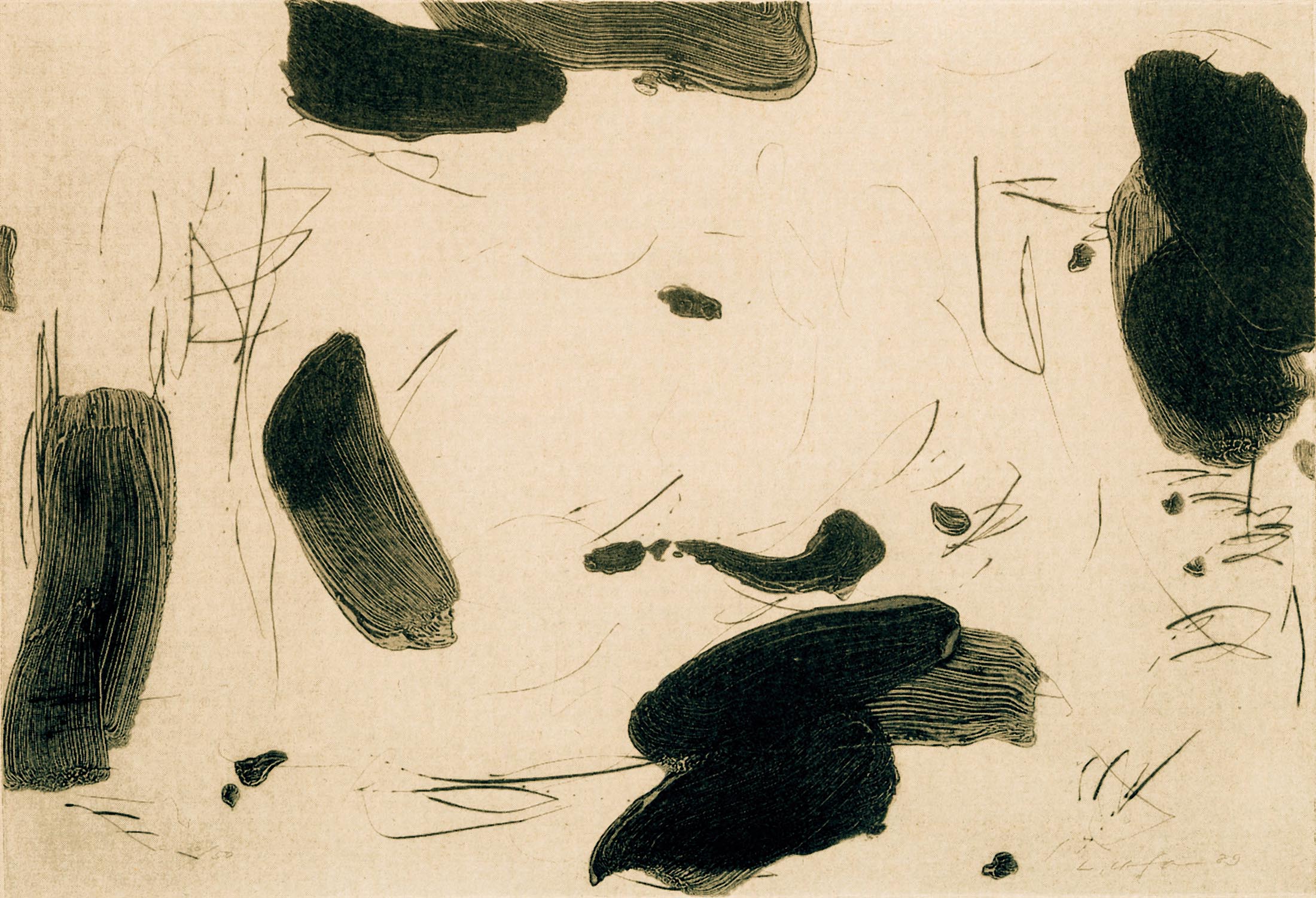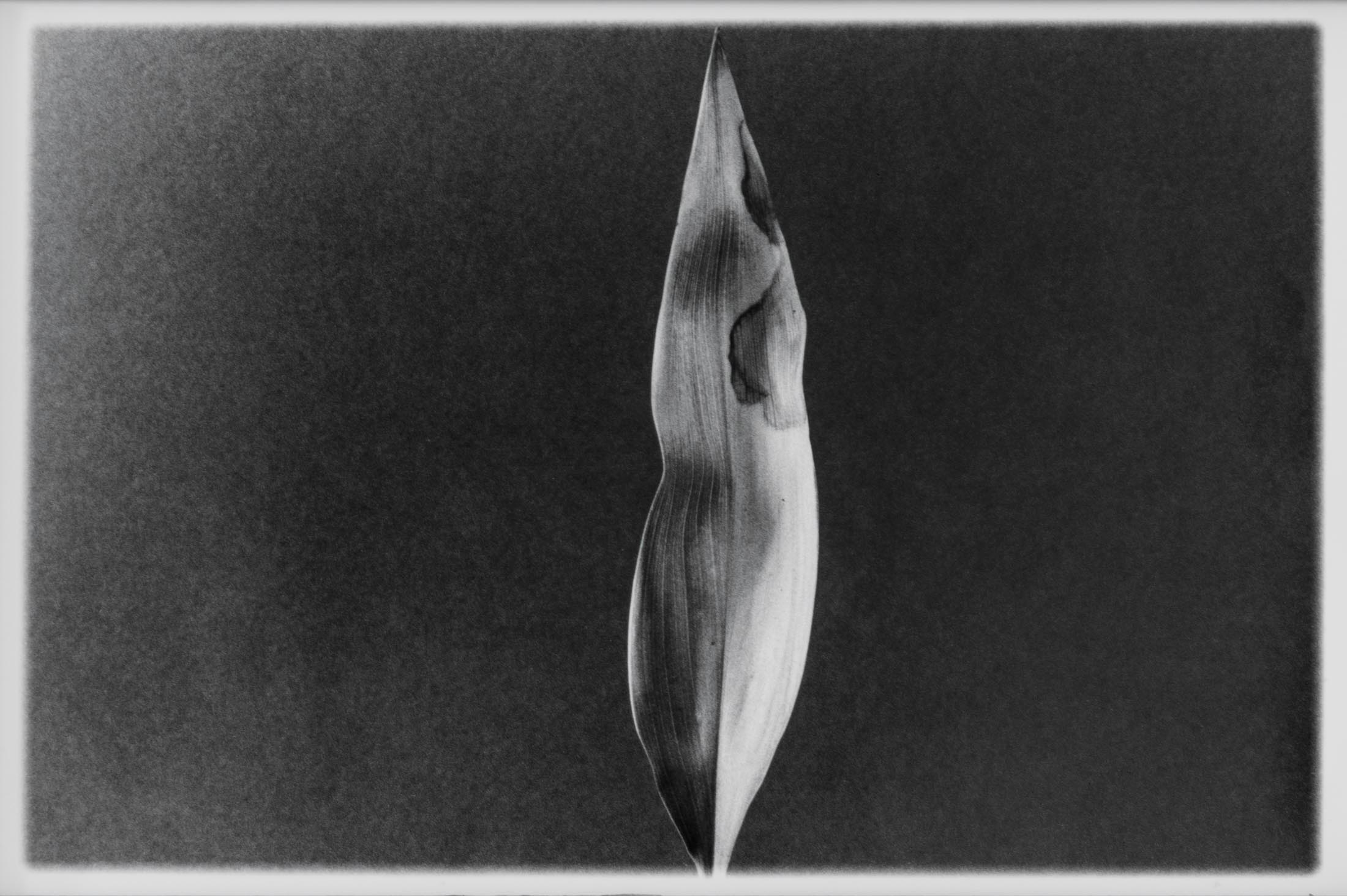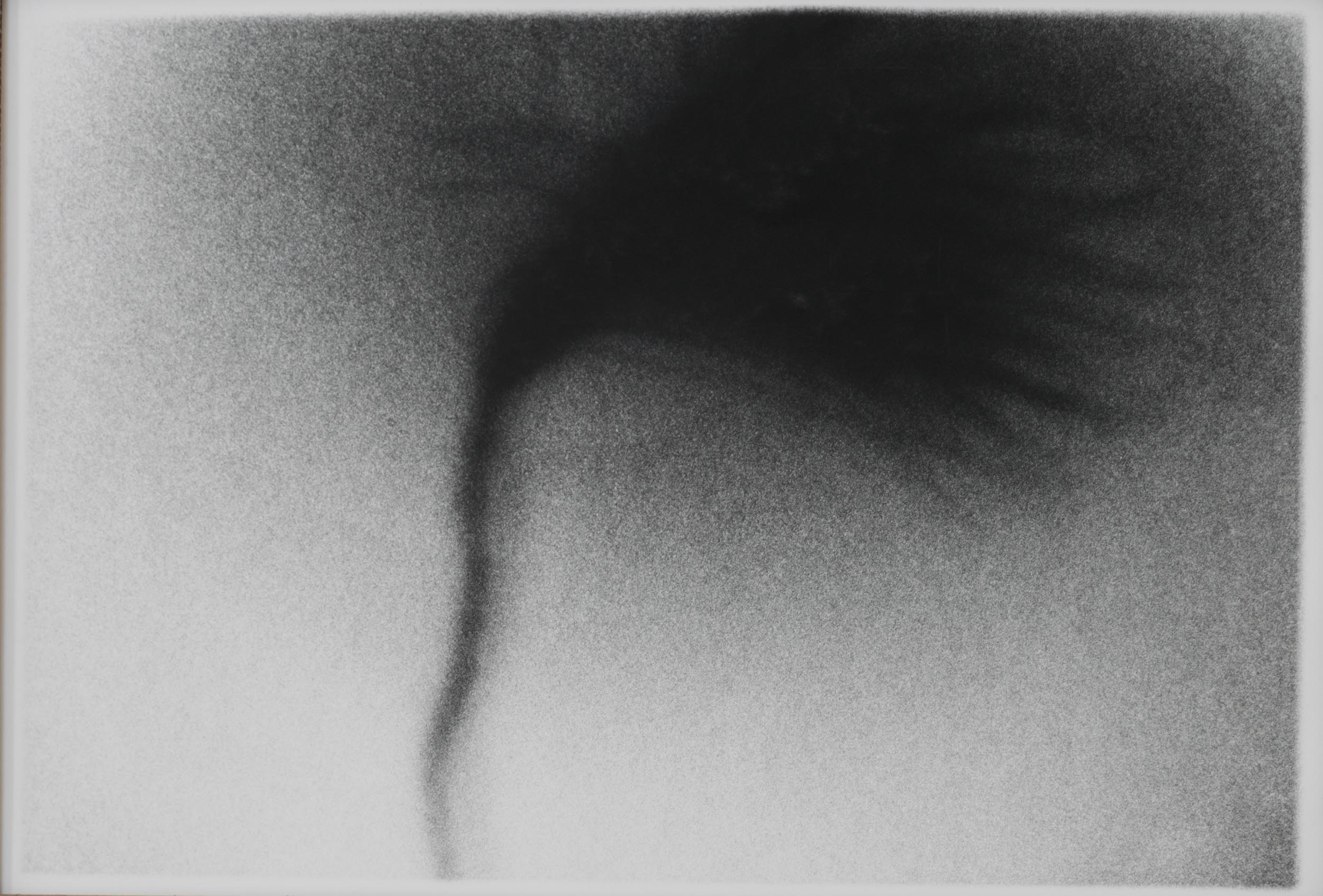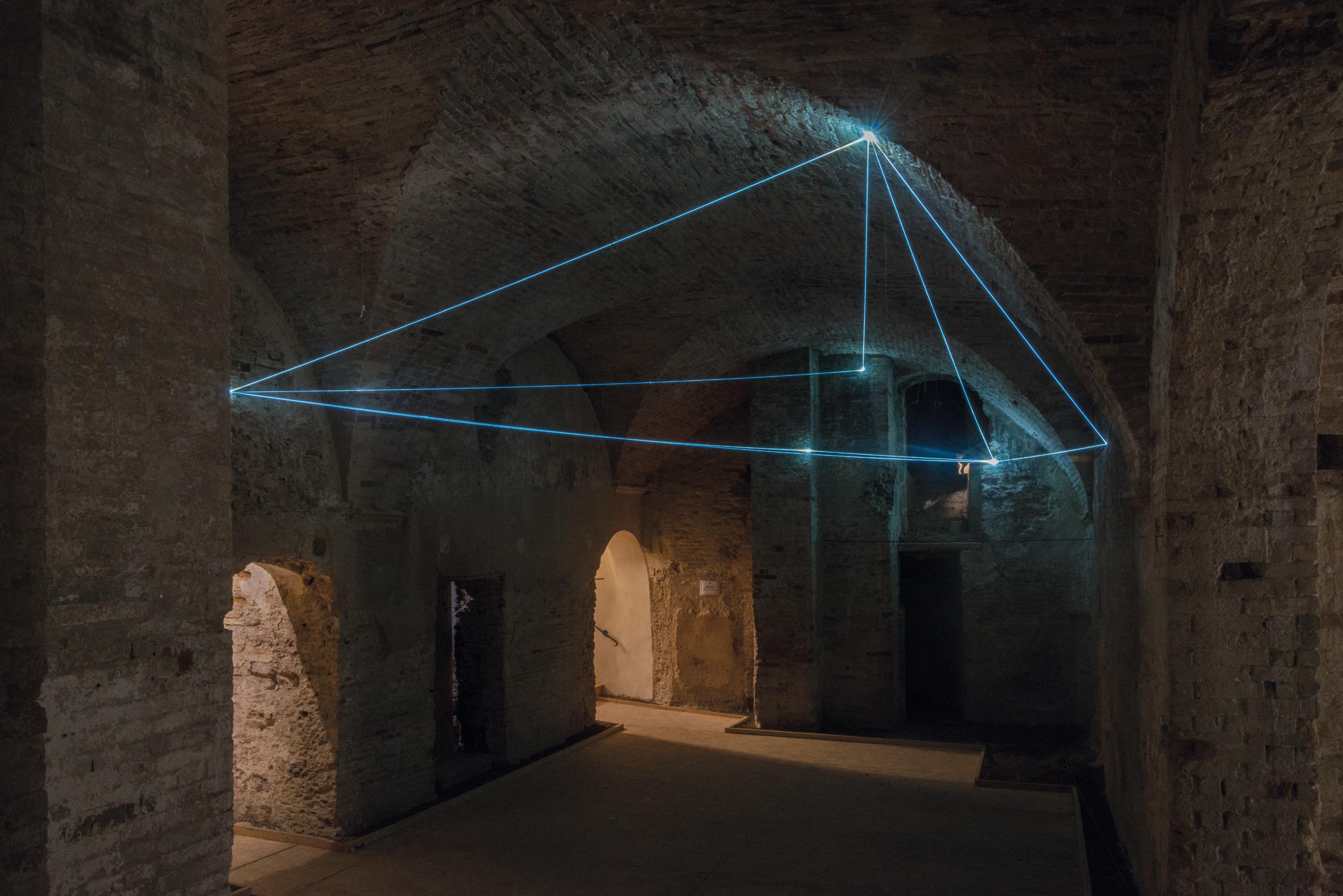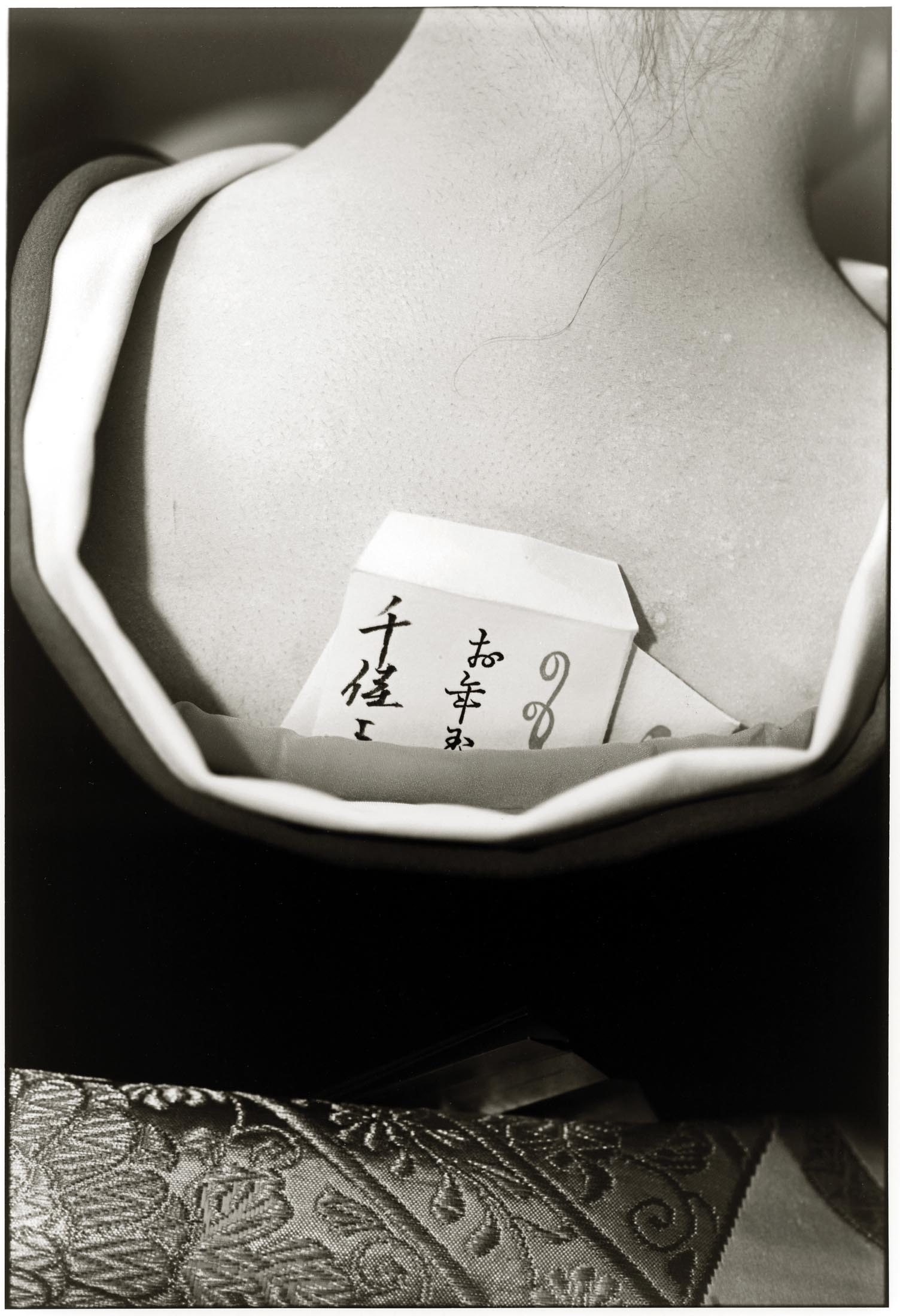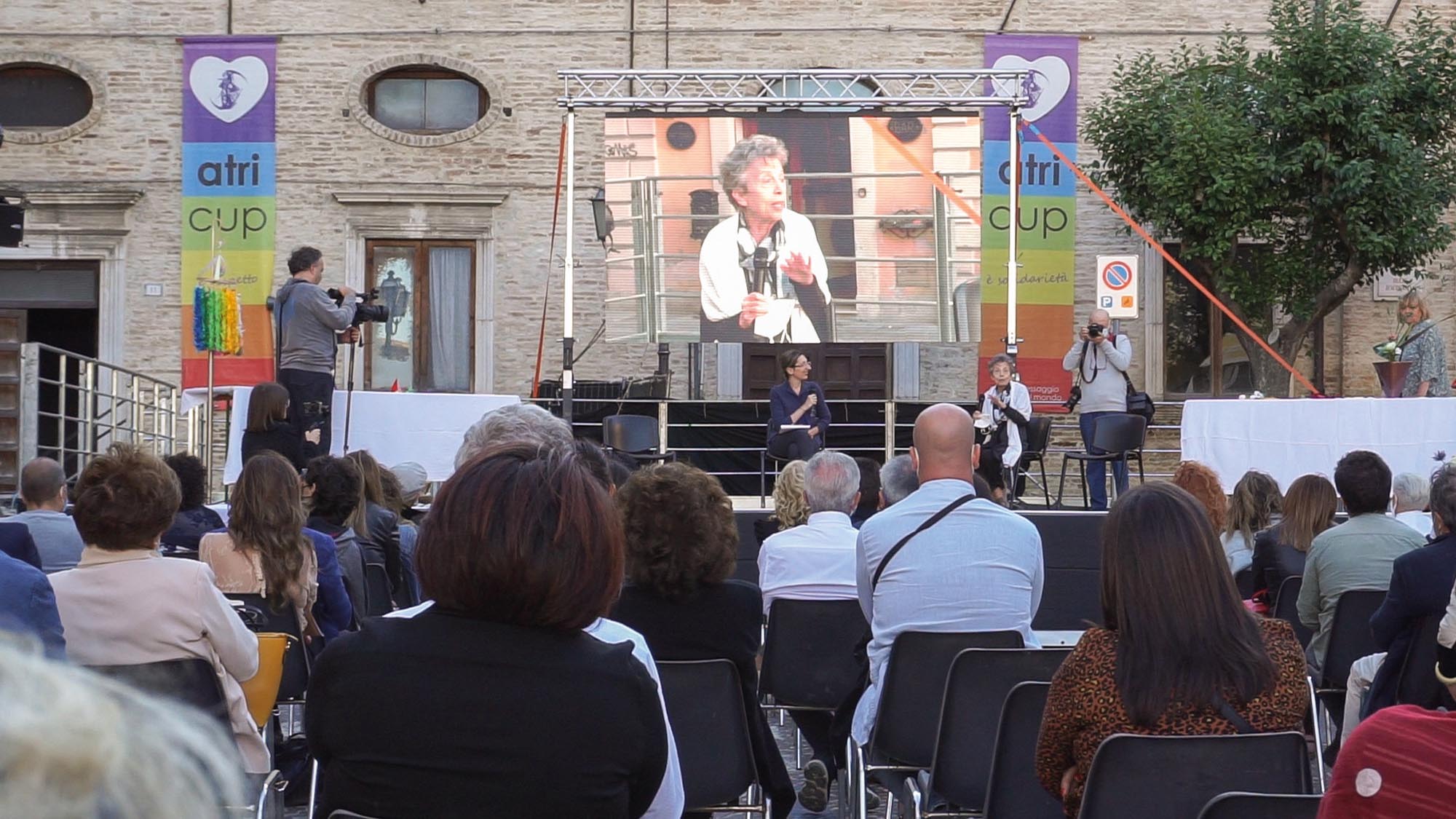STILLS OF PEACE
AND EVERYDAY LIFE Ed.VII
Italy and Japan:
a research of the sense of contemporaneity
18 july – 6 september, 202o / ATRI


Stills of Peace and Everyday Life – Edition VII
Stills of Peace and Everyday Life, now in its seventh year, opens the doors to Japan, a mysterious and fascinating Country, with a millennial culture of great aesthetical and intellectual refinement, where the spiritual dimension is constantly linked to the architectures, the imaginary, the landscapes and the unique traditions characterizing its history.
Stills proposes, as its subtitle affirms, a “research of the sense of contemporaneity”. It is an occasion to get to know each other, to understand different cultures deeply through arts.
It tries to accomplish its purposes by offering a comparison which is not only aesthetic, but possibly also able to let us seize the profound beauty of stories, environments and narrations belonging to the other.
Contemporary art proposes with different media a comparison between cultural forms of the imaginary, that could meet into deeper themes of art and humanity. An important exhibition of Japanese Printings (a huge tradition read on nowadays), video – interviews and a film festival, have the objective of helping the audience finding, through art and creativity, the ways to make a deep dialogue with what we – often erroneously – believe to be distant from us. Nothing more necessary perhaps, in these times, that ask us to develop a different approach to human relations and build a new possibility for the future.
Exhibitions:
Cisterne di Palazzo Acquaviva – Atri
Lights/Spaces – Carlo Bernardini and Kaori Miyayama
Curated by Antonio Zimarino
The exhibition is a match between two essential ways of revealing and building the space we live and move in. These ways were born from different cultures but show the same sensitivity into thinking and perceiving the art experience. The environmental installations, realized with optical fibers and luminescent surfaces, create a mental space of lights which is untouchable but still visible: it totally changes the function and the structure of the real environment.
The printed and hand-sewn textiles, moved by the wind, change with natural light and represent the relationship between audience and time, different cultures and tradtions, Orient and Occident.
Architectures, light constellations and celestial veils make dreams’ light and material tangible, so that the exhibit guides us through different roads, towards a place where “looking” becomes a way to reinterpret ourselves and find unforeseen spaces.
MUSEO ARCHEOLOGICO – Atri
Gei Sha – Yoko Yamamoto
Curated by Paolo Dell’Elce
For over twenty years, starting from the ‘80s, Yoko Yamamoto has explored, through her feminine eye, the suggestive world of Geisha living in the community of Tokio. Her complex and detailed iconographic study unveils a profound point of view on Geishas, which have been erroneously compared to prostitutes by the common opinion since Edo period (1603-1868). A misinterpretation spread through the arts and nourished by the occidental stereotypes.
The word “Geisha” is composed by two kanji: Gei, meaning Art and Sha, which means Person. A Geisha is a person identified in the aesthetic dimension, educated to artistic representation and languages as dance, music, acting and conversation. The occidental stereotype of “sexual toys” in which these women have been trapped is so far from their real nature.
Through her sapient photographic work, Yoko Yamamoto wants to debunk this false and decayed iconography. Her art-pieces highlight the peculiarity of the aesthetic person: that profound dimension of the human being, closer to the beauty and the ontological essence of the feminine.
Museo Archeologico – Atri
Stampe Giapponesi Contemporanee 1946 – 1993
Curated by Takizawa Kyoji – The Japan Foundation
The exhibit shows a complete panoramic on visual researches made by Japanese artists from the Postwar period and on their meeting with the shapes of occidental art. If we consider the secular history of printing in Japan, starting from the ukiyo-e in the second half of the XVII century, this exhibition gives us a profound vision of the Nipponese world, between tradition and contemporaneity, with rare images by popular artist.
Featured artists: Onchi Kôshirô, Hasegawa Kiyoshi, Munakata Khikô, Murai Masanari, Hamaguchi Yôzô, Ei Kyû, Onosato Toshinobu, Hagiwara Hideo, Seimiya Naobumi, Hamada Chimei, Sugai Kumi, Komai Tetsurô, Izumi Shigeru, Fukui Ryônosuke, Onogi Gaku, Fukazawa Yukio, Fukita Fumiaki, Yoshida Hodaka, Kusama Yayoi, Ai Ô, Yoshihara Hideo, Shima Kuniichi, Ikeda Masuo, Kanô Mitsuo, Arakawa Shûsaku, Ozaku Seishi, Kimura Kôsuke, Matsumoto Akira, Yokoo Tadanori, Lee Û Fan, Nakabayashi Tadayoshi, Kurosaki Akira, Funasaka Yoshisuke, Kiyotsuka Noriko, Noda Tetsuya, Yanagisawa Noriko, Isomi Teruo, Ida Shôichi, Morioka Kansuke, Hiwasaki Tadao, Morino Mayumi, Hara Takeshi, Kobayashi Keisei, Ikeda Ryôji, Kawachi Seikô, Karasawa Hitoshi, Tatsuno Toeko, Yamamoto Yôko, Yamaguchi Keisuke.
Palazzo Cardinal Cicada – Atri
Kensho – Paolo Dell’Elce
Curated by Mariano Cipollini
Kensho exhibition is meant to be a cognitive, aesthetic and existential pathway through life moments that have become iconic slivers thanks to the language of Photography. It is a way to find again the time and shapes that structure the “sensitive memory” of the author in the Artwork. The practice of looking, its sharpening, gives back mysterious correspondences, instants of identification with the object; it lets us into very profound states of knowledge and consciousness. It allows us to take off all of our cultural prejudices so that we can see and understand things with simplicity.
This work begins in the half of the ‘70s looking through the lens of a reflex, when the author codes his own language between Optics and photographic Chemistry, fascinated by the possibility of focusing an object, making it raise from the indistinct of the light, from its shapeless substance as a visual metaphor of the intuitive process of knowledge.
“Seeing” as a comparison between reality and memory, time’s perception, space’s peculiarities and shape as presence are the themes that characterize the expressive research made by Paolo Dell’Elce. The past working years are recalled through forty-five silvery-salts original prints. The exhibit tries to highlight the perceiving of transit as a place belonging to mind and soul, but also the primordial strength of Nature and Beauty as part of the rational human identity, which is also mysterious, ineffable and doesn’t need explanations to be understood.
CINEMA:
Cortile di Palazzo Acquaviva – Atri
Cine Japan – Review of Japanese cinema
Movies screened in original version with Italian subtitles
Curated by Pino Bruni

KIKUJIRO’S SUMMER (1999) by Takeshi Kitano
Is it the story of a lazy yakuza guy from the suburbs and a nine-year-old boy, who leaves Tokyo and his grandmother to go, on foot, to his mother he does no tknow and who lives by the sea. The yakuza guy teaches the boy that reality can also have implications of magic; the little boy in turn teaches the rude but good-natured man a little kindness. A sublime street comedy full of surreal implications, very close to the Zen lesson, but also very suitable for any western spectator: one of Kitano’s most accomplished and fertile films.
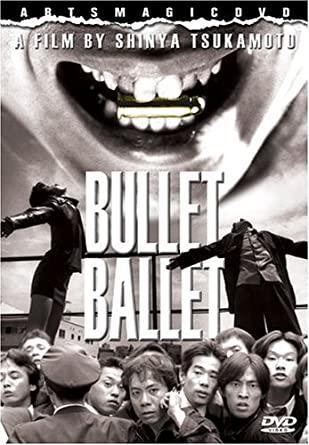
BULLET BALLET (1998) by Shinya Tsukamoto
A film by one of the most transgressive contemporary Japanese directors, who whenever he wants, as in this case, lowers the tone, a film about urban solitude and the underworld of degraded suburbs. A survey of the metropolis, conducted with a sociological precision (at times it looks like a perverse ballet, hence the title), with an overflowing energy and a certain basic irony, wich leaves room for a highly suggestive ending on the relationship between the sexes.
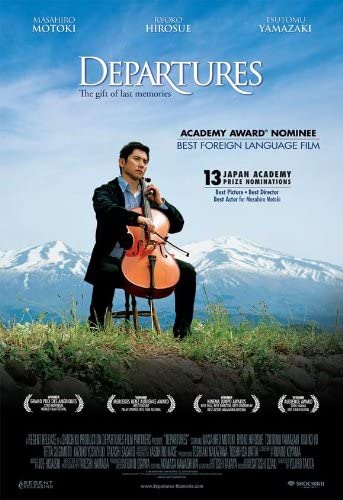
DEPARTURES (2008) by Yojiro Takita
An Oscr-winning film for best foreign film, ha sas its protagonist a cellist who leaves Tokyo after the dissolution of the orchestra, in which he played, and returns to his hometown. Looking for a job, for a spelling mistake he find himself hired by a ‘ritual mortician’ than in a travel agency.After the first problems, the man learns the charm and importance of this old Japanese art, but the wife, who can not stand that her husband touches corpses during work, gives him an ultimatum: either he changes his job or she will leave home.

THE TWILIGHT SAMURAI (2002) by Yoji Yamada
A film directed by Yoji Yamada, one of the decans of Japanese cinema, an anomalous jidaigeki (film about swordsmen), starring a widowed, shy and shabby samurai, who accepts the most humiliating tasks but hides his sword skills. When he realizes that there may be a chance for him to make a new life, he is charged with a dangerous mission: to kill a rebel. A magnificent portrait of a disillusioned and melancholic samurai of the nineteenth century, which challenges feudal ethics and honor by avoiding violence as much as possible.

A FAMILY AFFAIR (2018) by Hirokazu Kore’eda
Palme d’Or awarded at Cannes Film Festival and directed by one of the leading directors of contemporary Japanese cinema, the film deals with a poor family doing the best they can to survive. The father tops up his meager salary as a worker with various types of theft. But one day, with his son, the man finds a girl whom he brings to his humble house. After an initial distrust of his wife, the little girl is officially adopted.

WIND RISES (2013) by Hayao Miyazaki
A film of great human depth and, as usual, technically very valuable, a work that can be defined as the final sum of his cinema and his poetics. Leaving his role as a director, Miyazaki reconfirms his favourite themes, such as the passion for flight but above all the oneirism, as a key to understanding the real world, the condemnation of human self-destructiveness, the guilt for having sacrificed affections at work, but also the coexistence between a pessimistic vision of the present and the unwavering faith that the future will be better.
ALL THE EDITIONS:
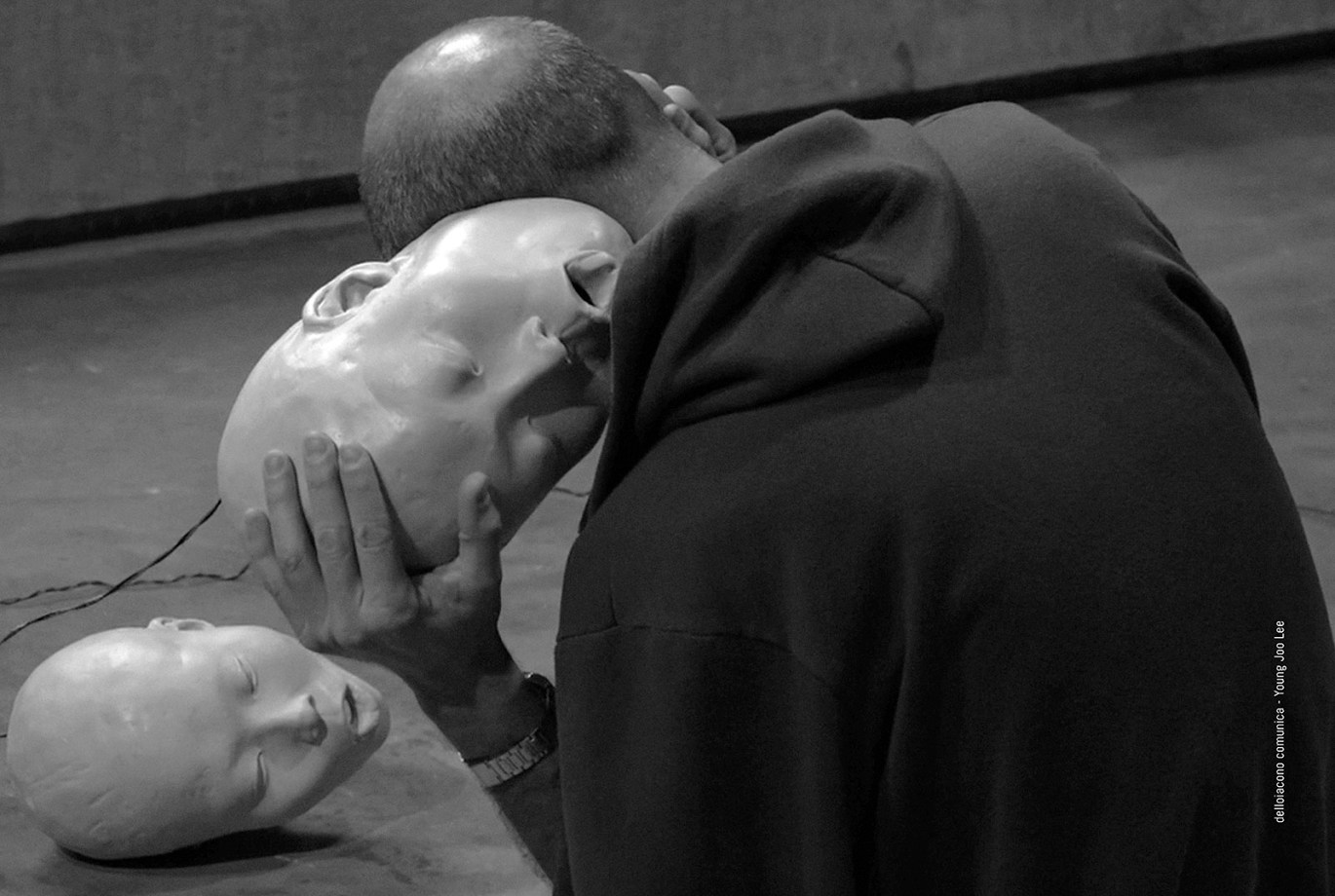
Stills of Peace
Edition VIII
Italy and South Korea
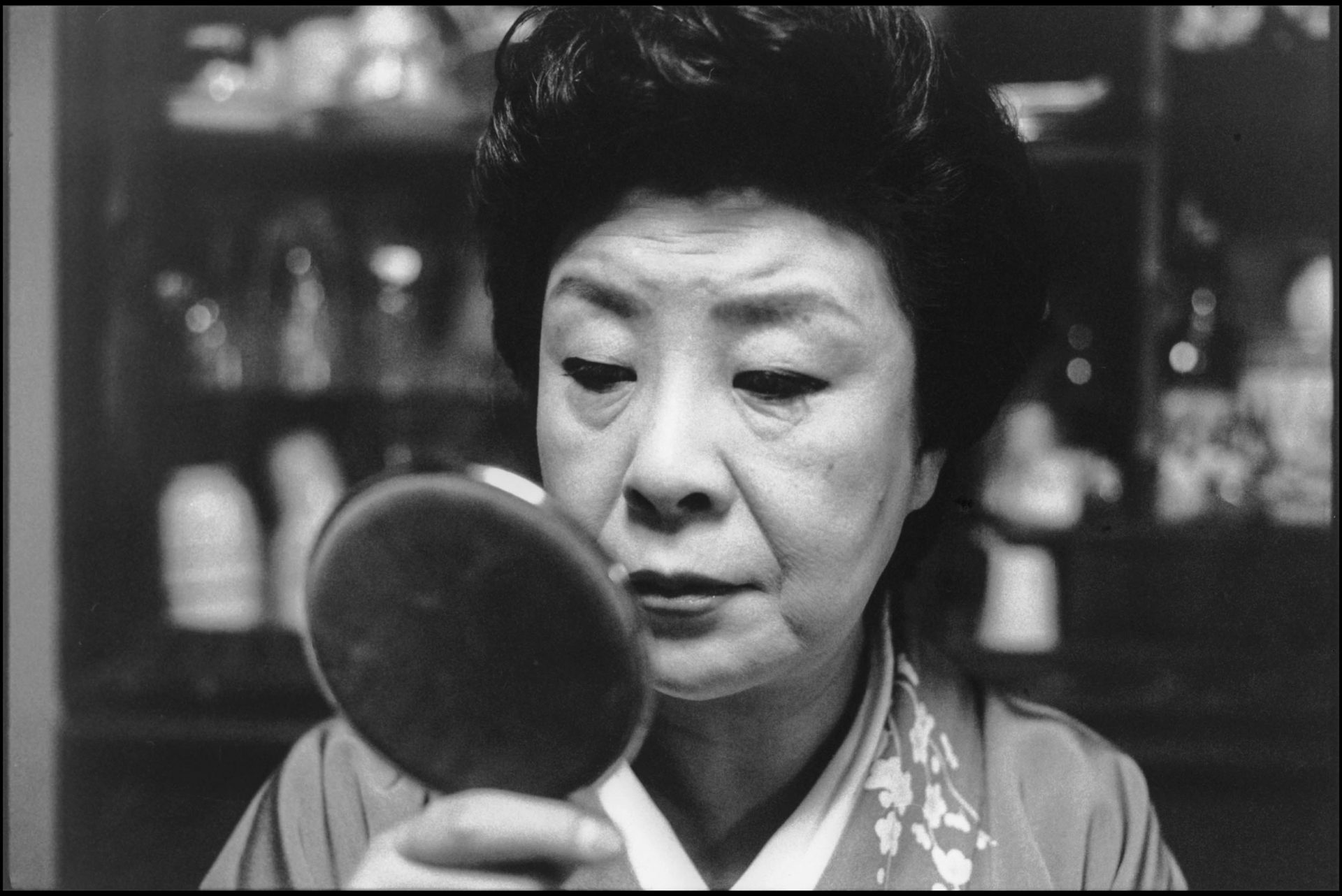
Stills of Peace
Edition VII
Italy and Japan
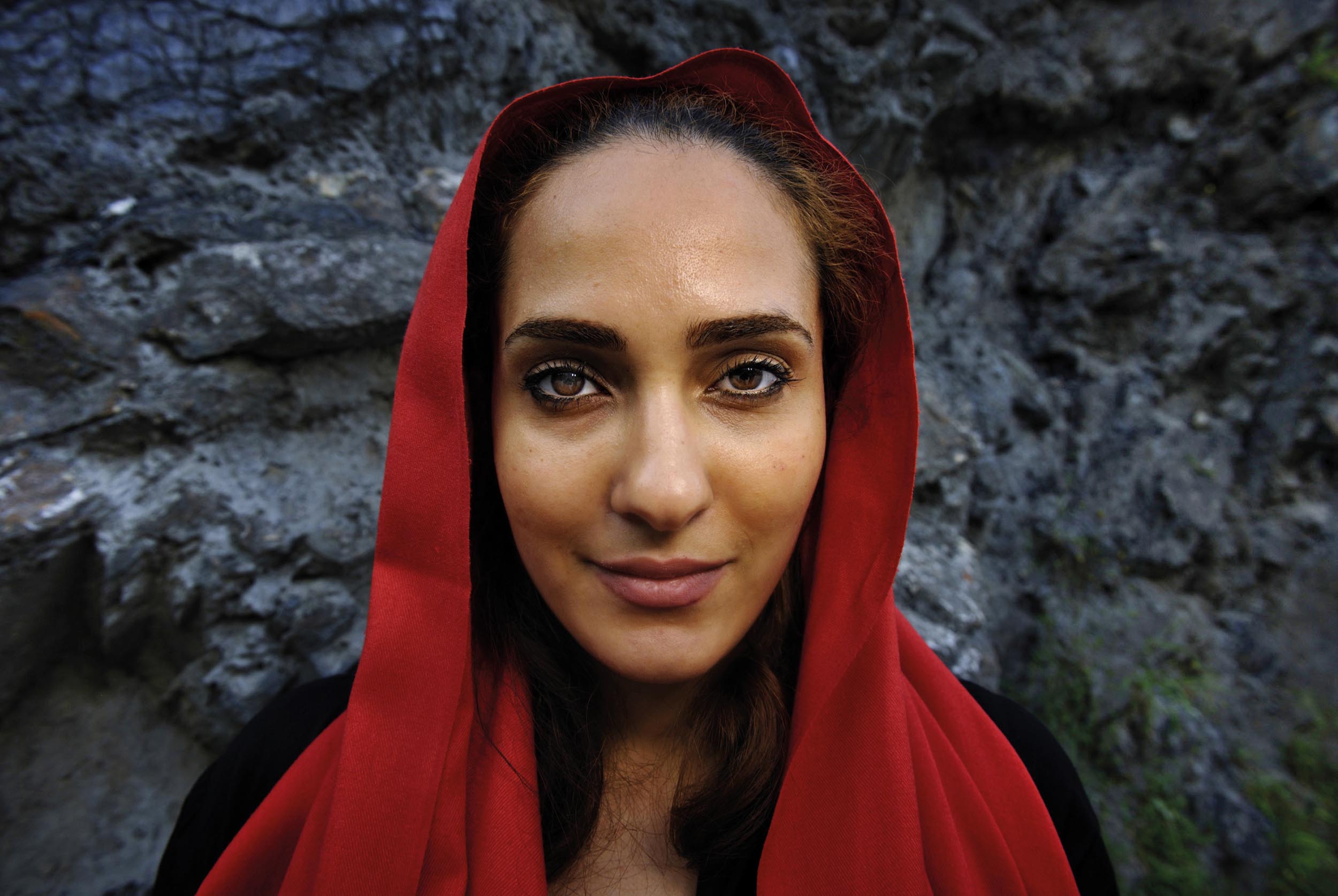
Stills of Peace
Edition VI
Italy and Iran
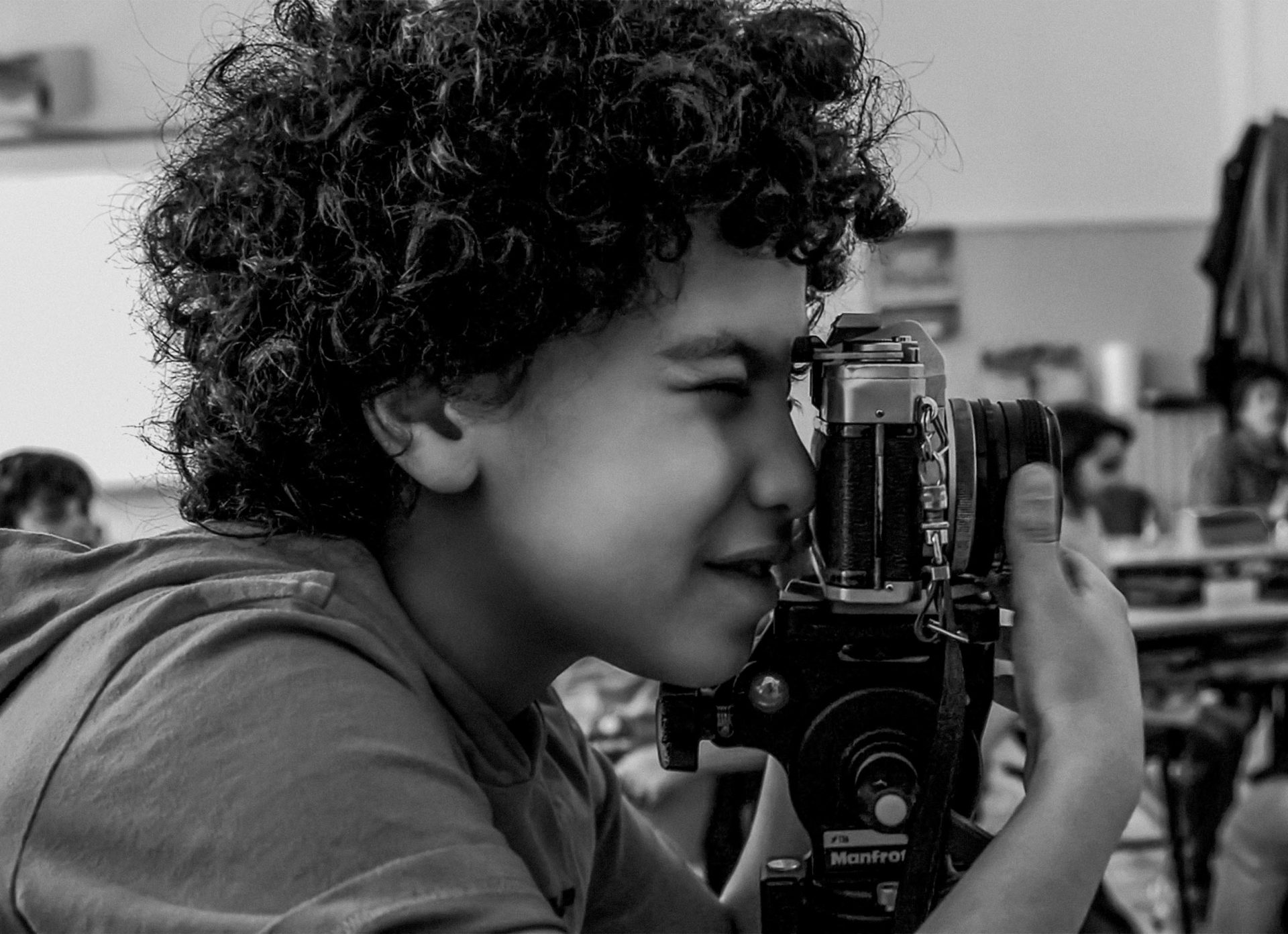
Stills of Peace
Edition V
Italy and Morocco

Stills of Peace
Edition IV
Italy and China
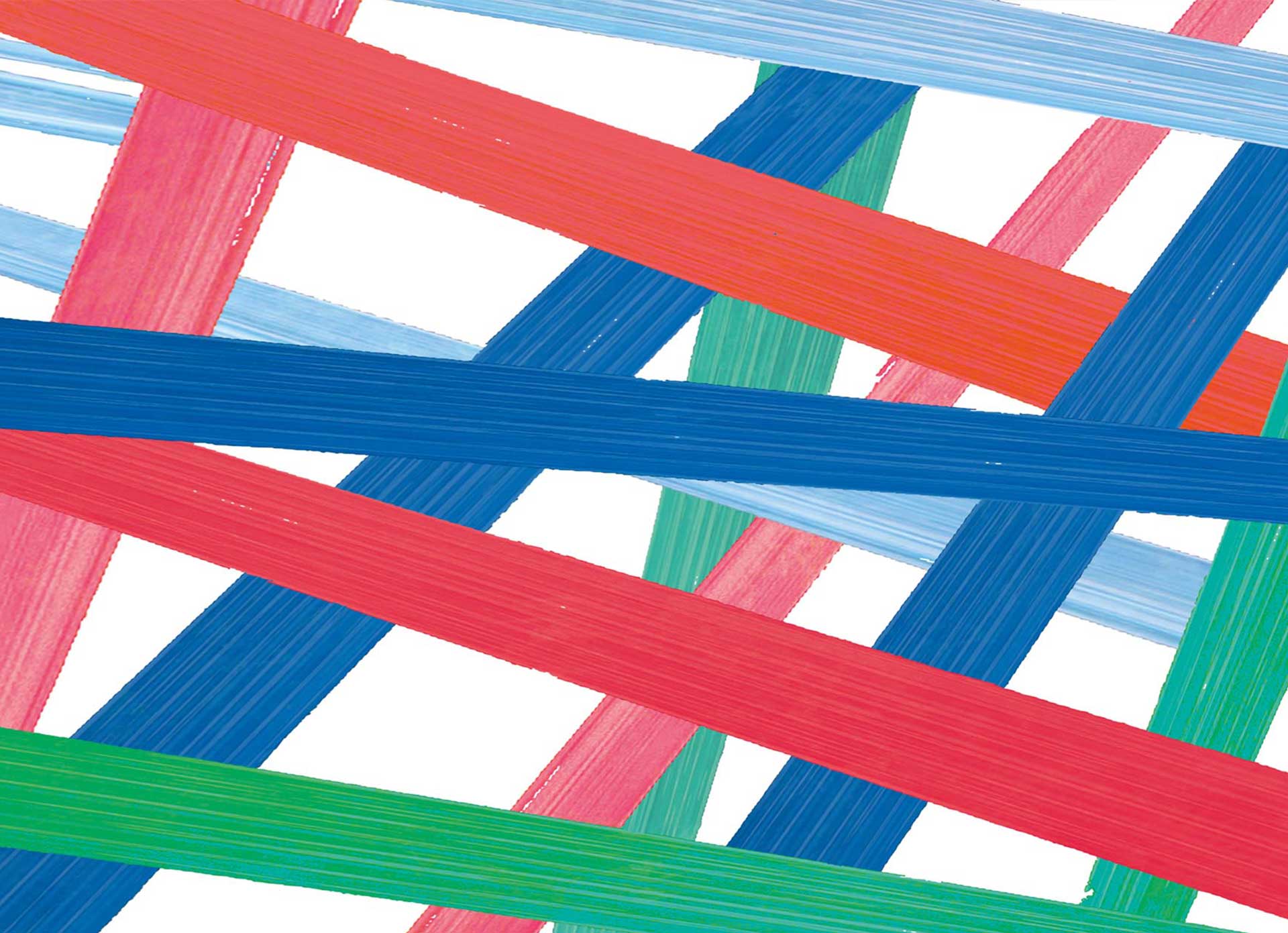
Stills of Peace
Edition III
Italy and France
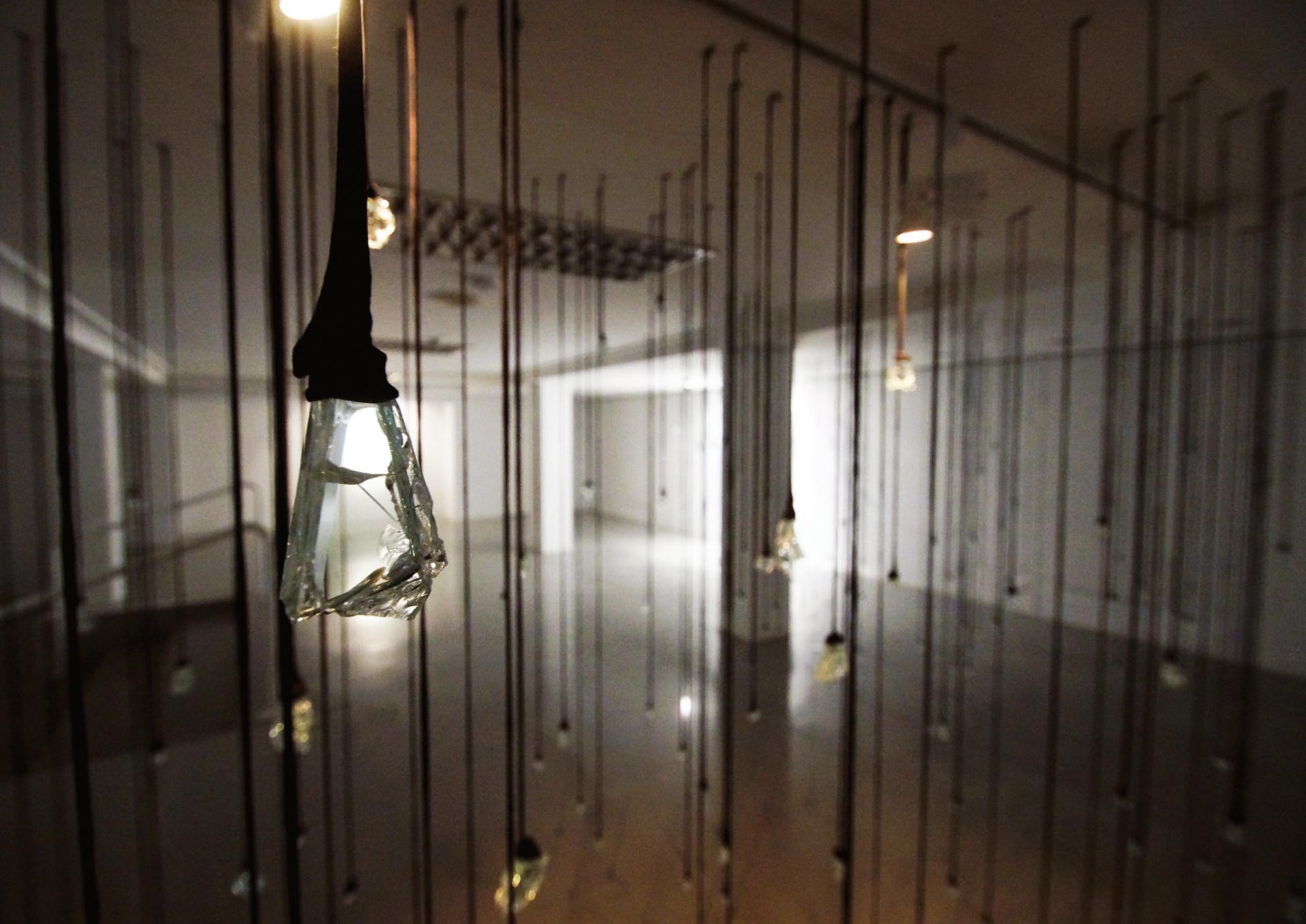
Stills of Peace
Edition II
Italy and Spain
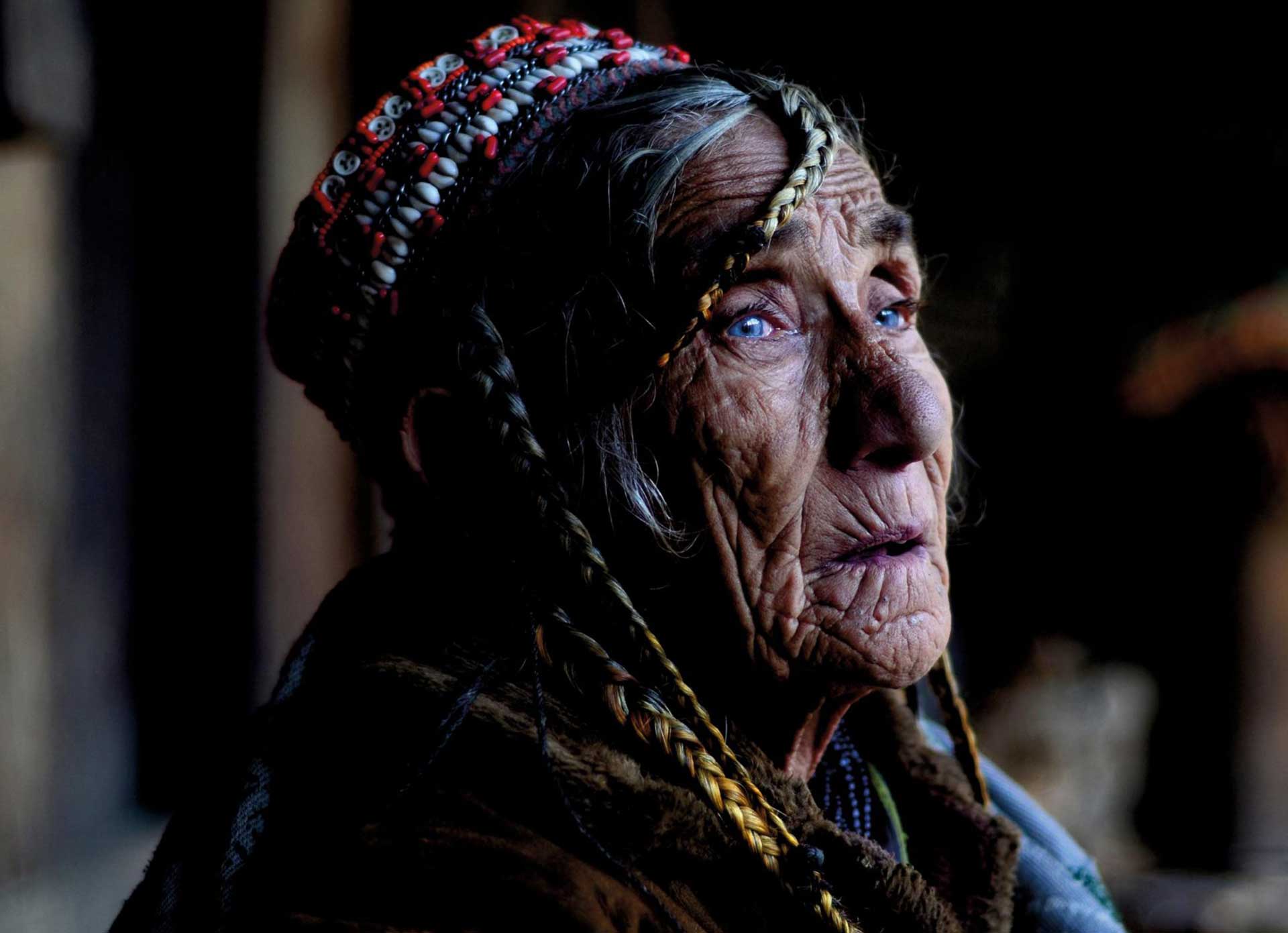
Stills of Peace
Edition I
Italy and Pakistan








